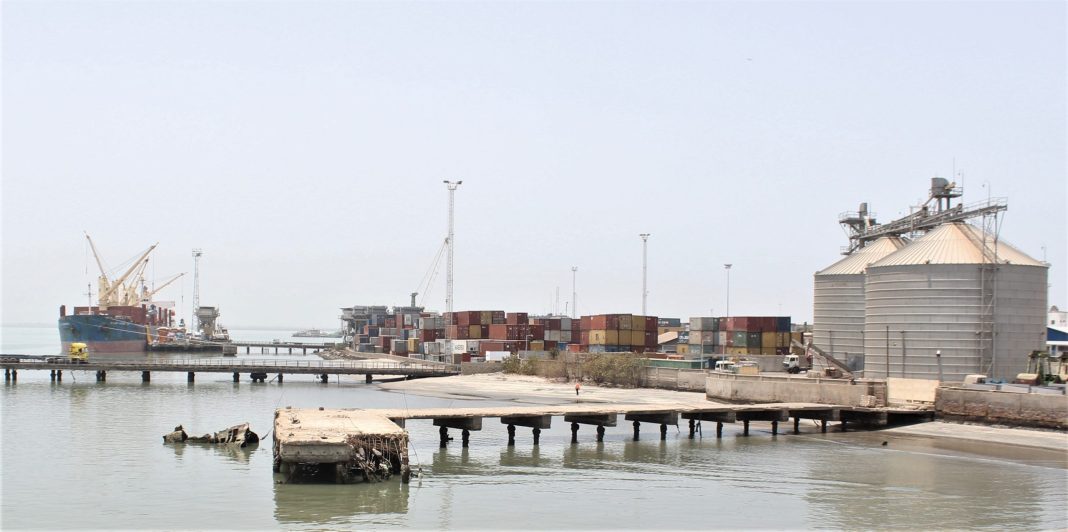This photoreportage, including text and original picturesi, is by Lucia Michelini. All photographic rights reserved to the author.
One of the oldest conflicts on the African continent is still ongoing in Senegal. The MFDC has been fighting for the independence of Casamance (Senegal’s richest region in natural resources) for some forty years, and despite various attempts at negotiation, hostilities persist, so much so that at the beginning of 2022, tensions resumed with renewed vigour, especially along the border between the two countries.
Travelling along the Trans-Gambia it is easy to realise how the local population really lives on very little: subsistence farming and livestock. Small gardens and fruit trees, mango and cashew plants, here and there a few palm trees from which the infamous oil is extracted. Along the roadway, women and children sell locally produced charcoal for a few euros a bag.
Because of the traffic on the outskirts of Banjul, the bumpy roads and the endless police checkpoints, it takes us a good three hours to cover barely a hundred kilometres.
The dense vegetation that characterises this part of The Gambia provides an ideal hiding place for MFDC members and makes this border area a highly porous site. Following secondary tracks that are difficult to monitor, people and goods can circulate between the two countries without too much difficulty.
Goods such as wood, smuggled from Casamance to China via the port of Banjul, the Gambian capital.
And at the origin of this year’s recent conflicts is said to be wood. In fact, on 24 January, south of the Gambian village of Bwiam, a lorry loaded with timber was intercepted by soldiers belonging to the mission of the Economic Community of West African States; the driver, unwilling to stop, took a track towards the area under rebel control, thus triggering the conflict.
‘It is said that the independentists are behind the illegal trade in trees, but here in Gambia we all know that the state authorities on both sides are also complicit,’ says the guide accompanying me. Reading the international press, it is interpreted that those profiting from the illegal timber trade are the MFDC rebels. In reality, behind this dishonest business lies a very elaborate script where the actors in the field are numerous. Both the MFDC and the state authorities are said to be involved in the exploitation of the trees, as well as the local population, often involved in the hard work of manual logging that provides a little relief from the chronic poverty that grips these places.
‘The trucks mainly travel in the dark, it is difficult to see them during the day,’ Ousmane continues, and indeed during the entire journey we do not see a single one.
We stop in Bwiam, just 5 kilometres from the Casamance border, where we have an appointment with a local informant. The man says he took part in recent mediation talks between rebels, the Senegalese army and a delegation from the Community of Sant’Egidio. In this affair, Italy has also been playing an important role in facilitating dialogue between the parties for years.
“Do you see this?”, in saying this the man opens his hand and shows a bullet. “It’s from the Senegalese army.” Although the conflict concerns southern Senegal, the Senegalese army has also attacked several villages in The Gambia this year with the aim of dismantling rebel bases. “The tensions have forced many inhabitants of both countries to flee. Newspapers speak of about 6,000 refugees, but it is certainly more’.
From the words of the displaced people, one senses fear of the armed forces, and this version clashes with what is felt in Dakar, the capital of Senegal, where it seems rather that thanks to military operations, the villages have been secured from the rebels. What is certain is that these people have lost everything.
Unfortunately, as if this were not enough, various local criminals have taken advantage of the general confusion linked to the conflict to storm vehicles and rob travellers on their way to Ziguinchor (Casamance).
At sunset, we take the road to Banjul and, like a prophecy come true, the first lorries loaded with logs appear, heading west, probable destination the port of the Gambian capital. Huge trees with red and white trunks. They almost seem to be bleeding from the red resin that drips copiously from their still fresh wounds.





























